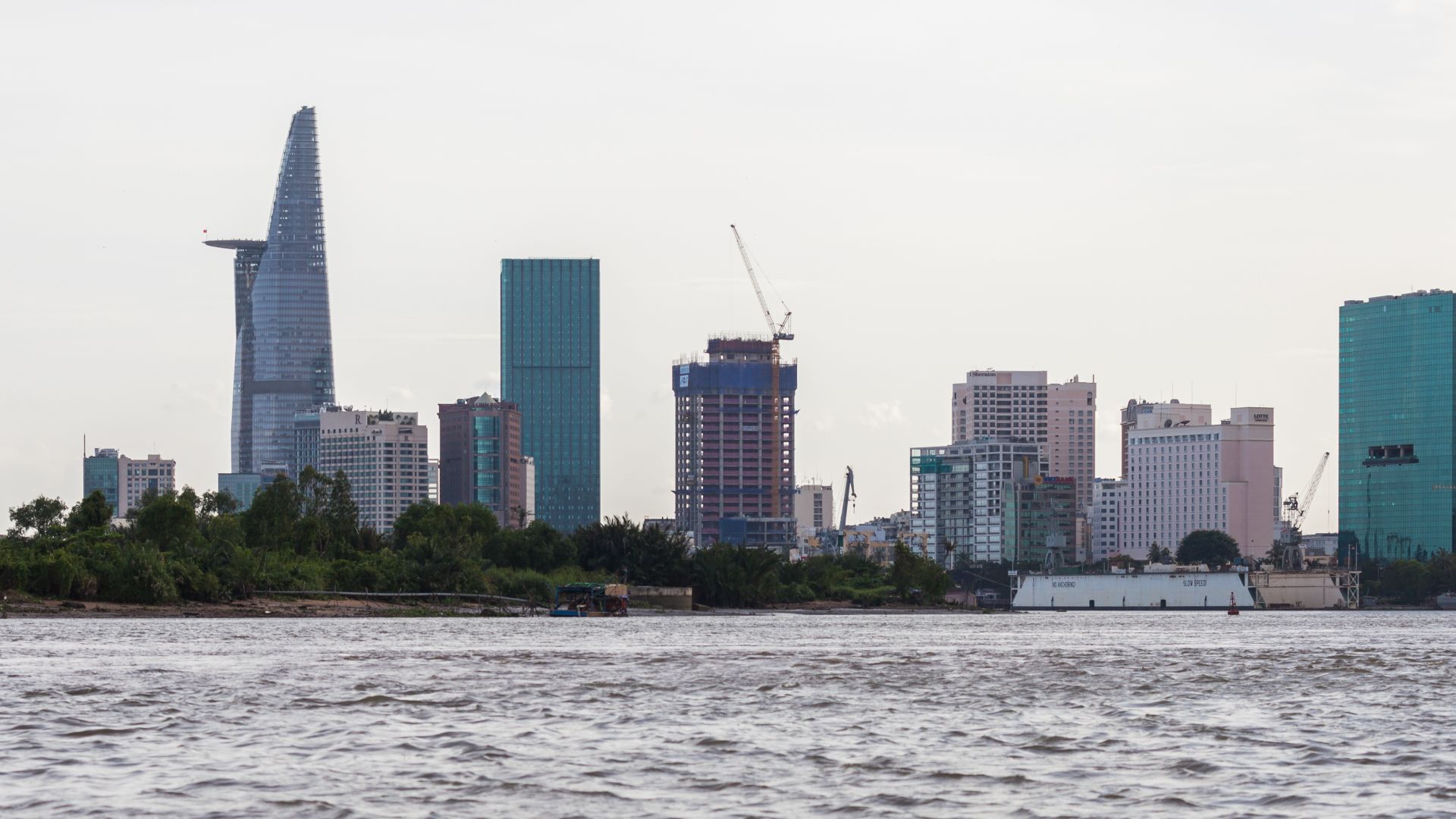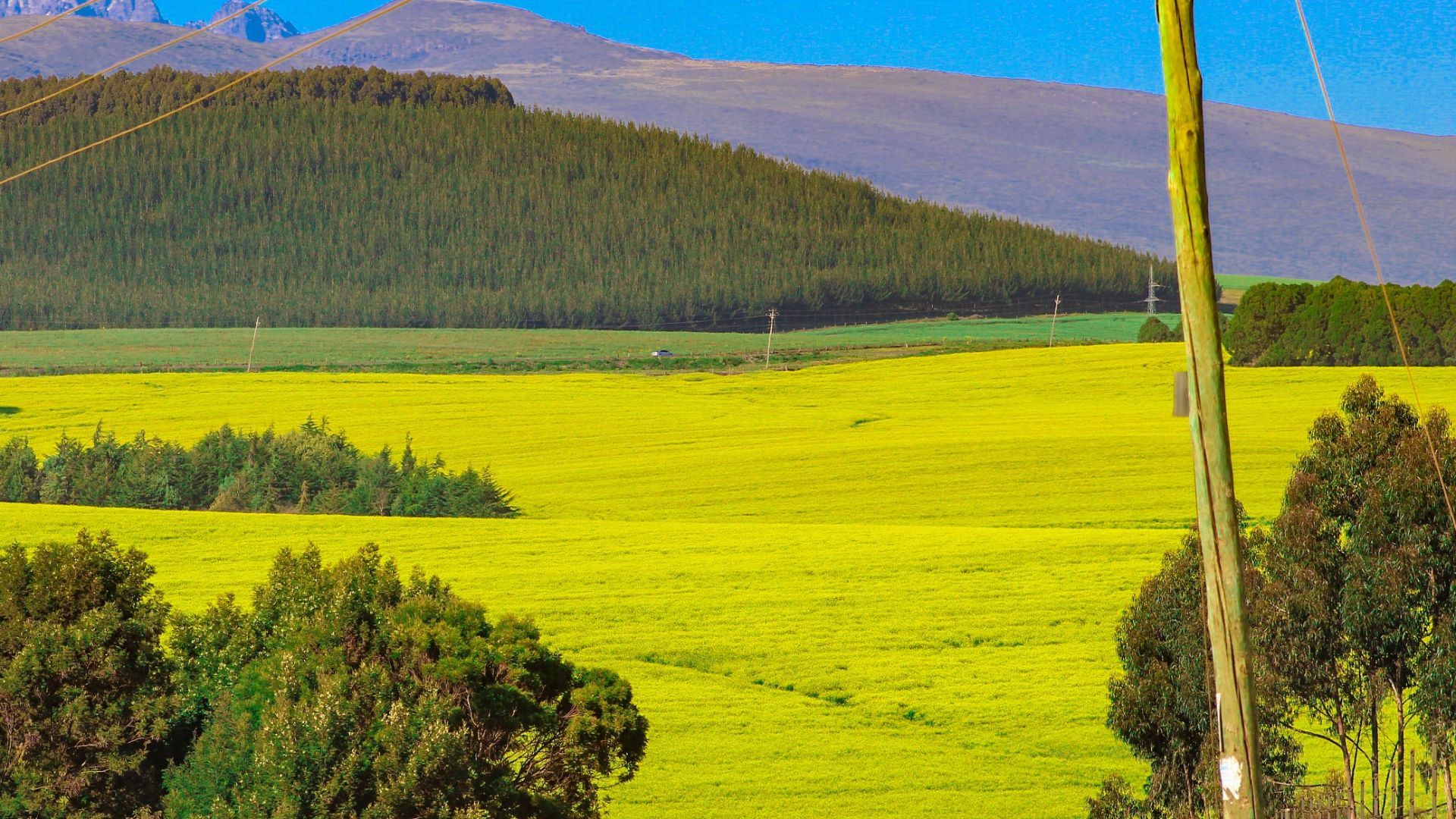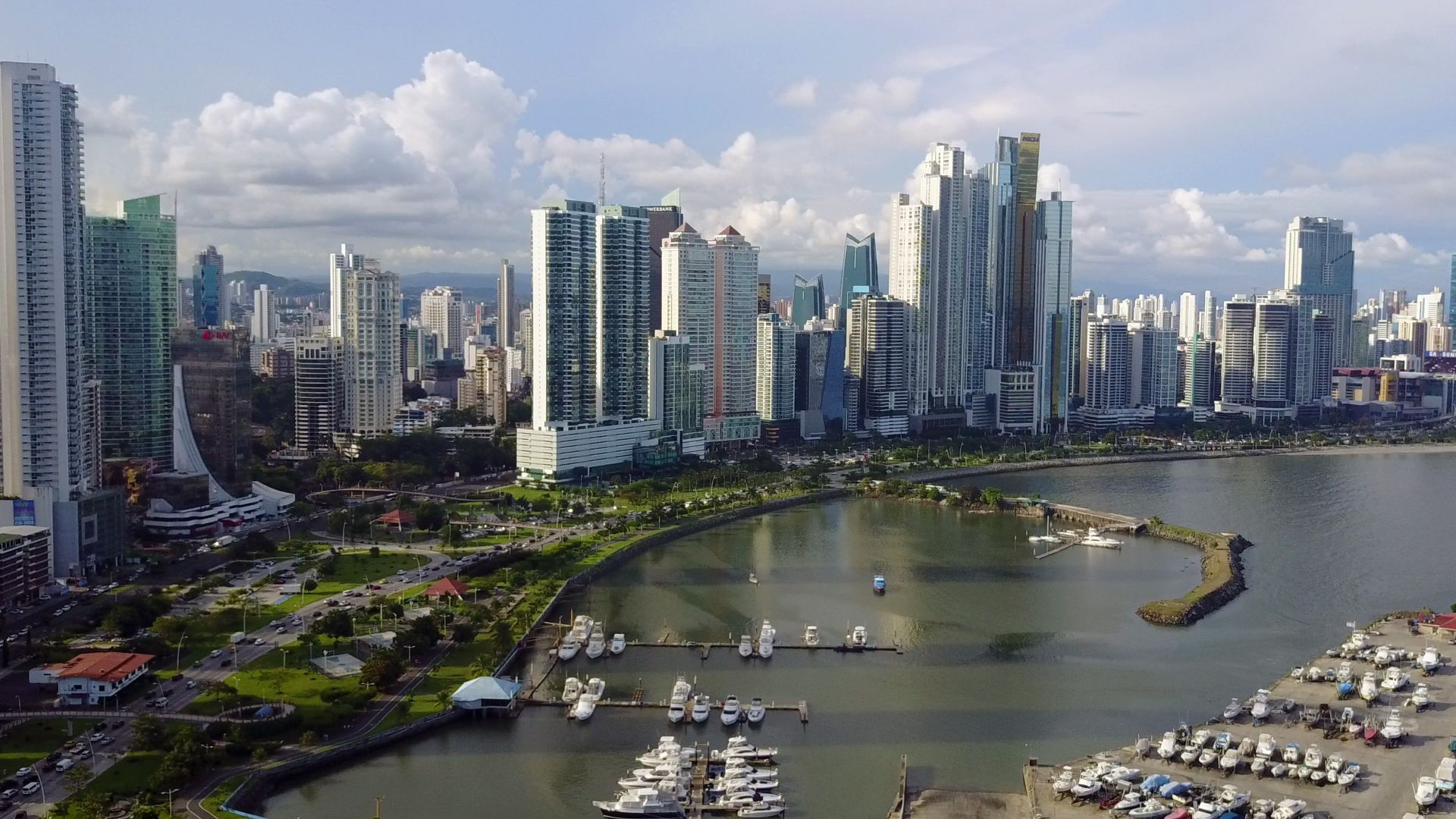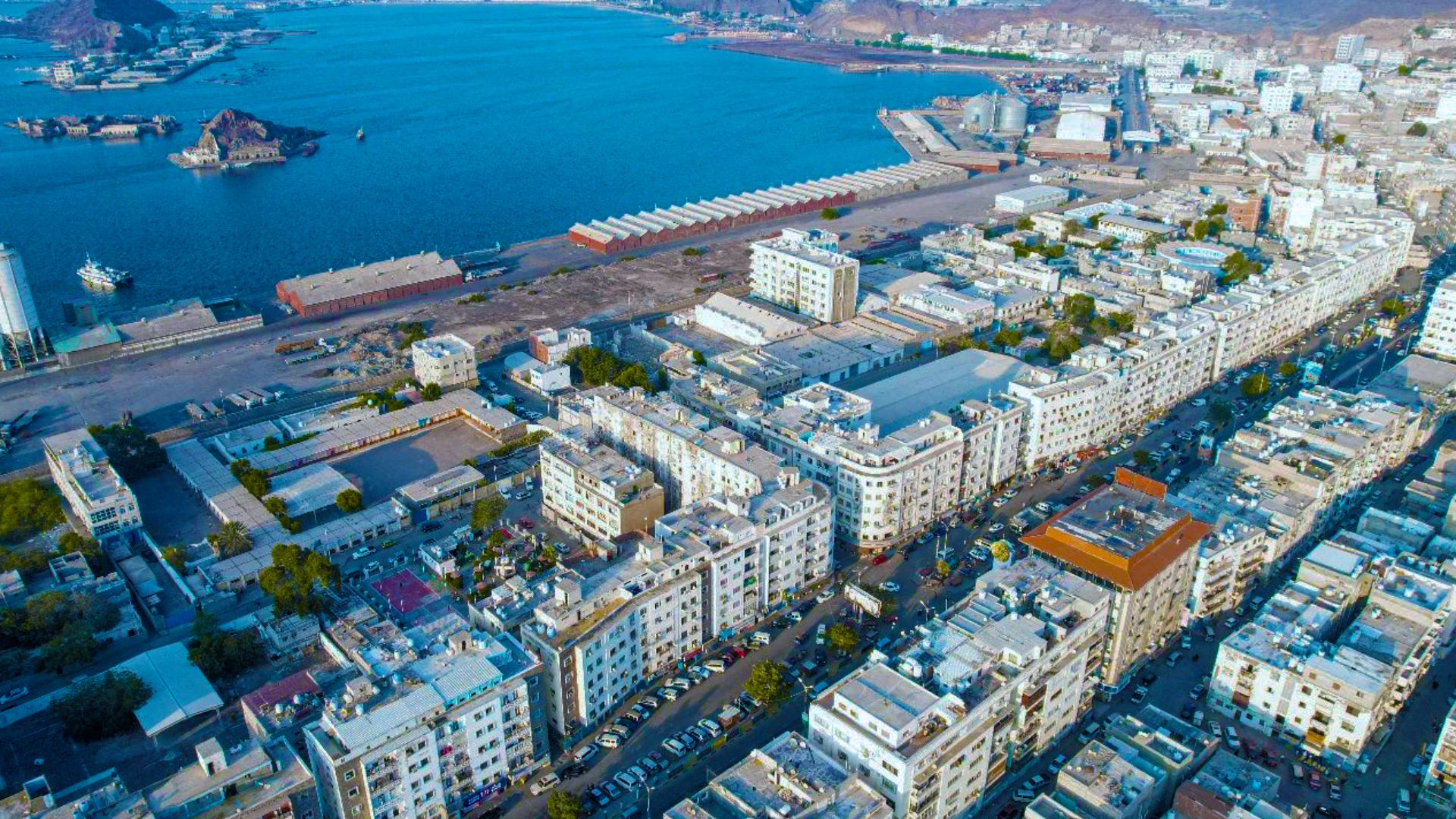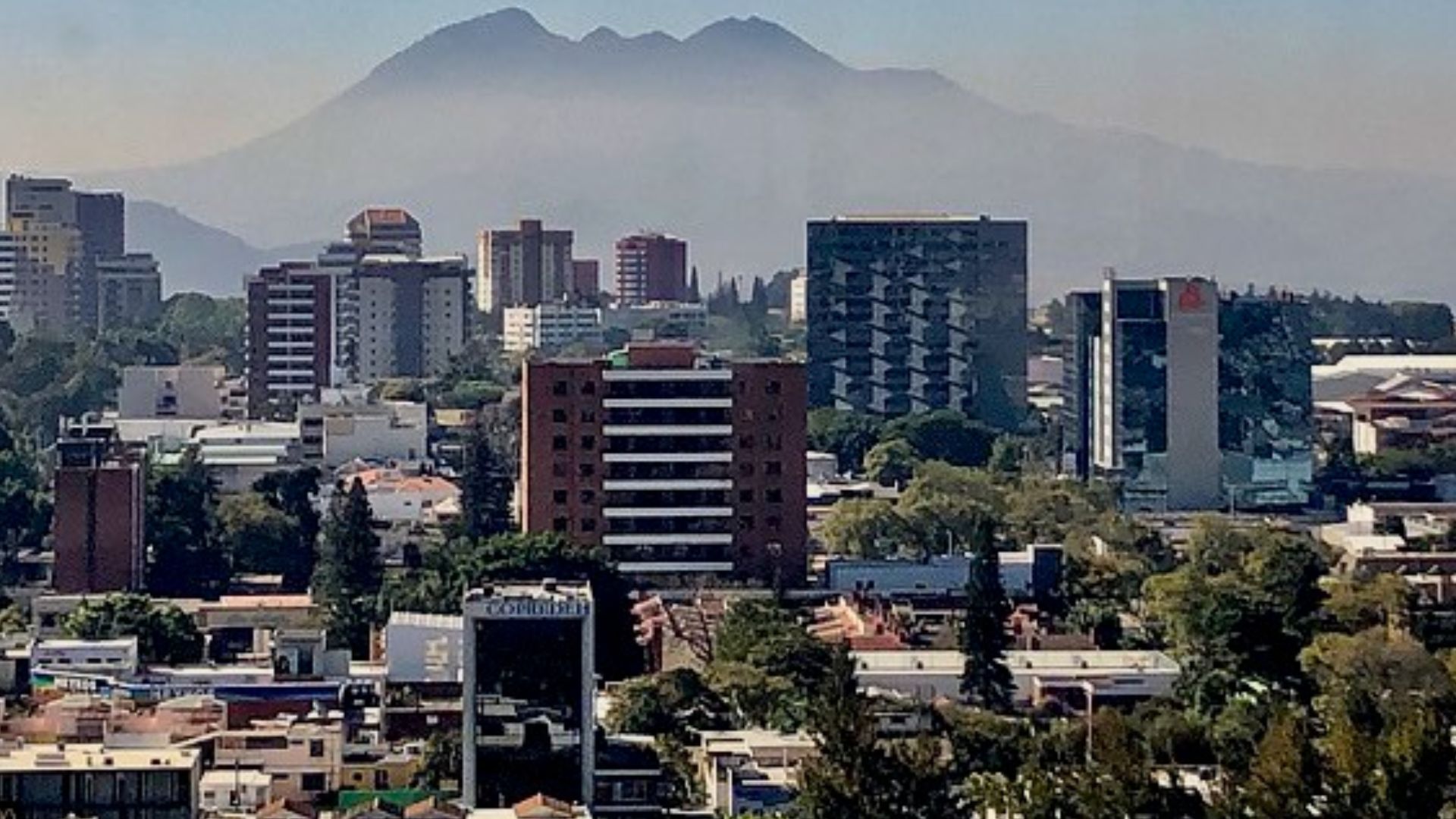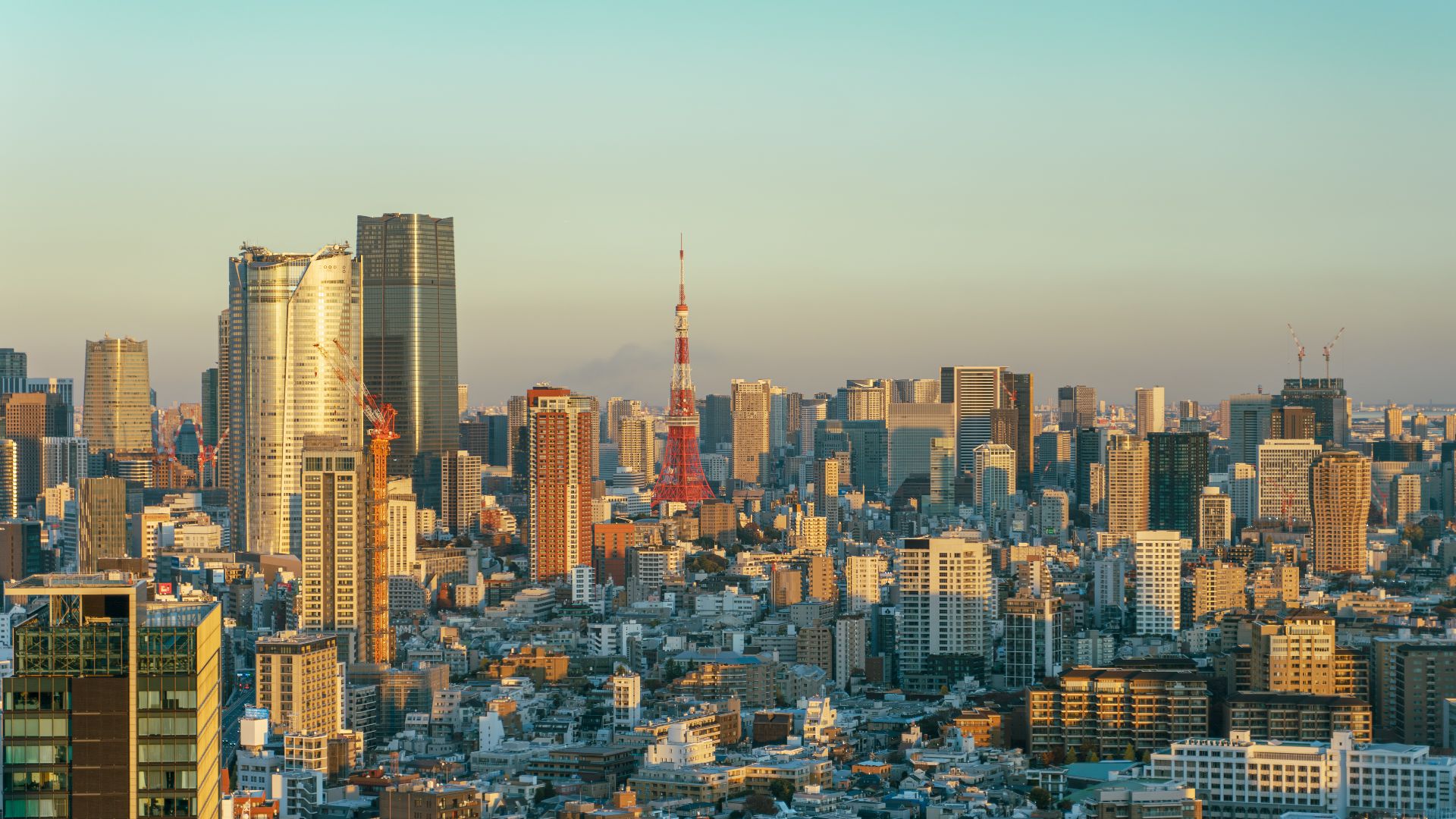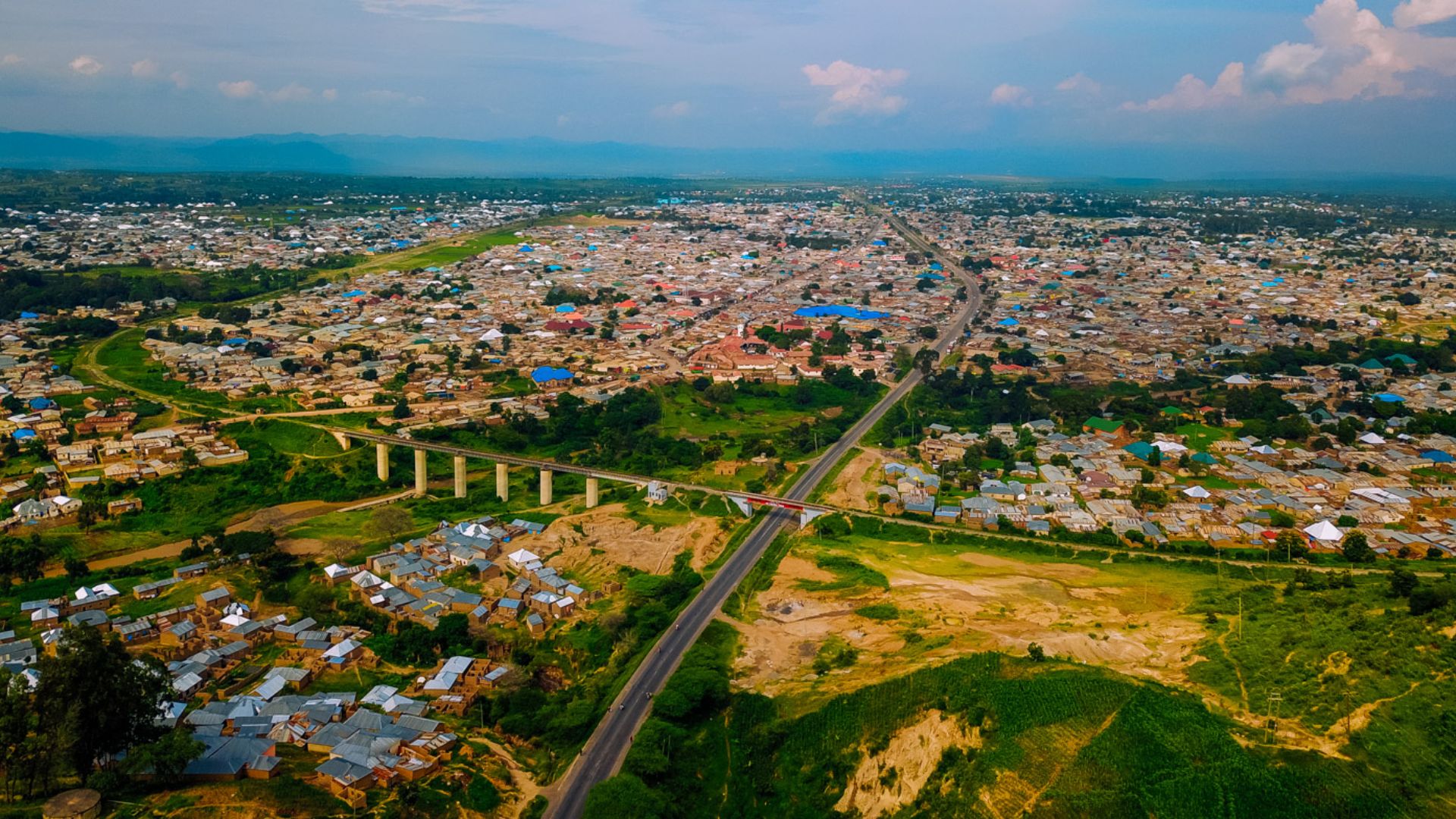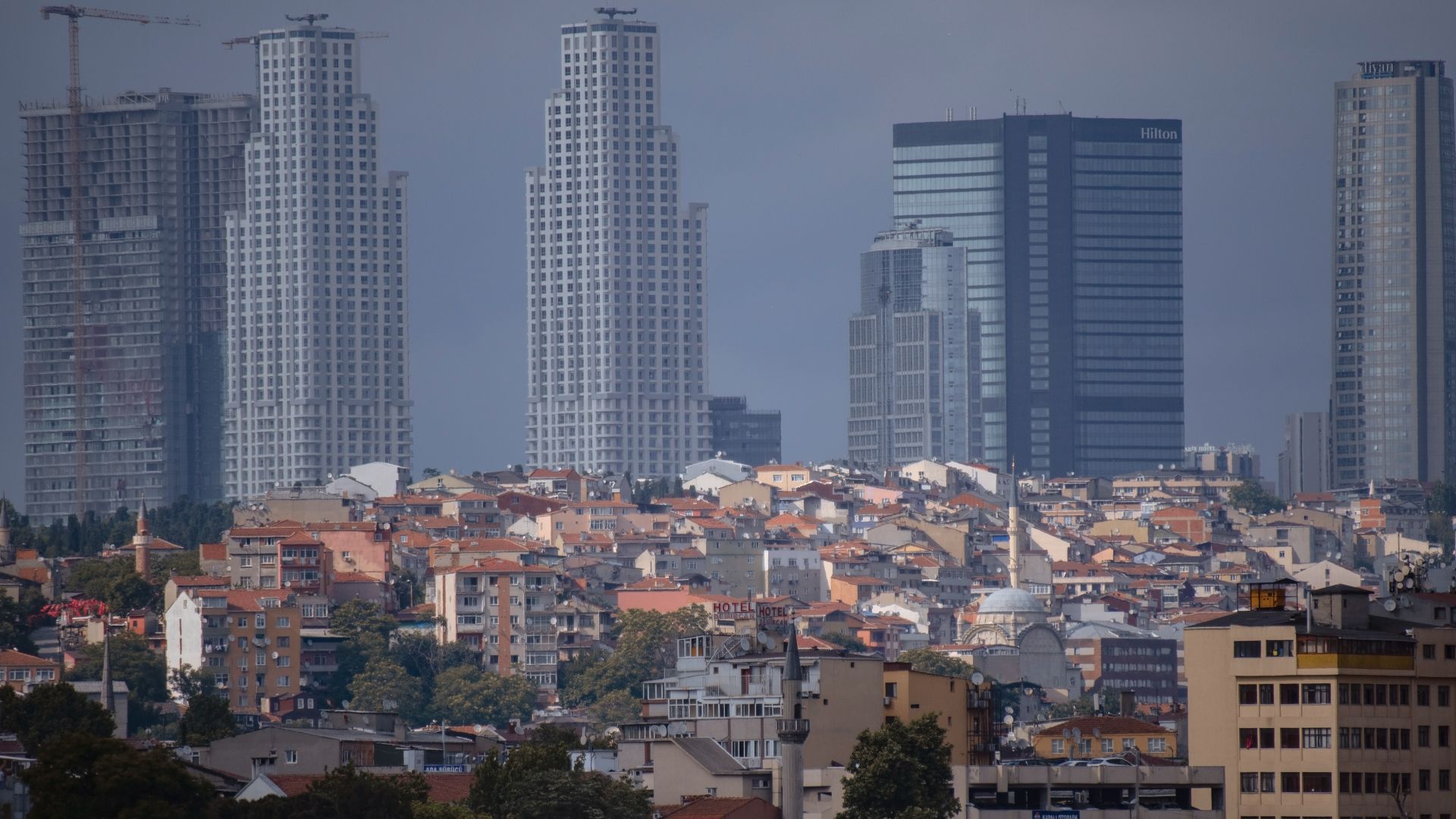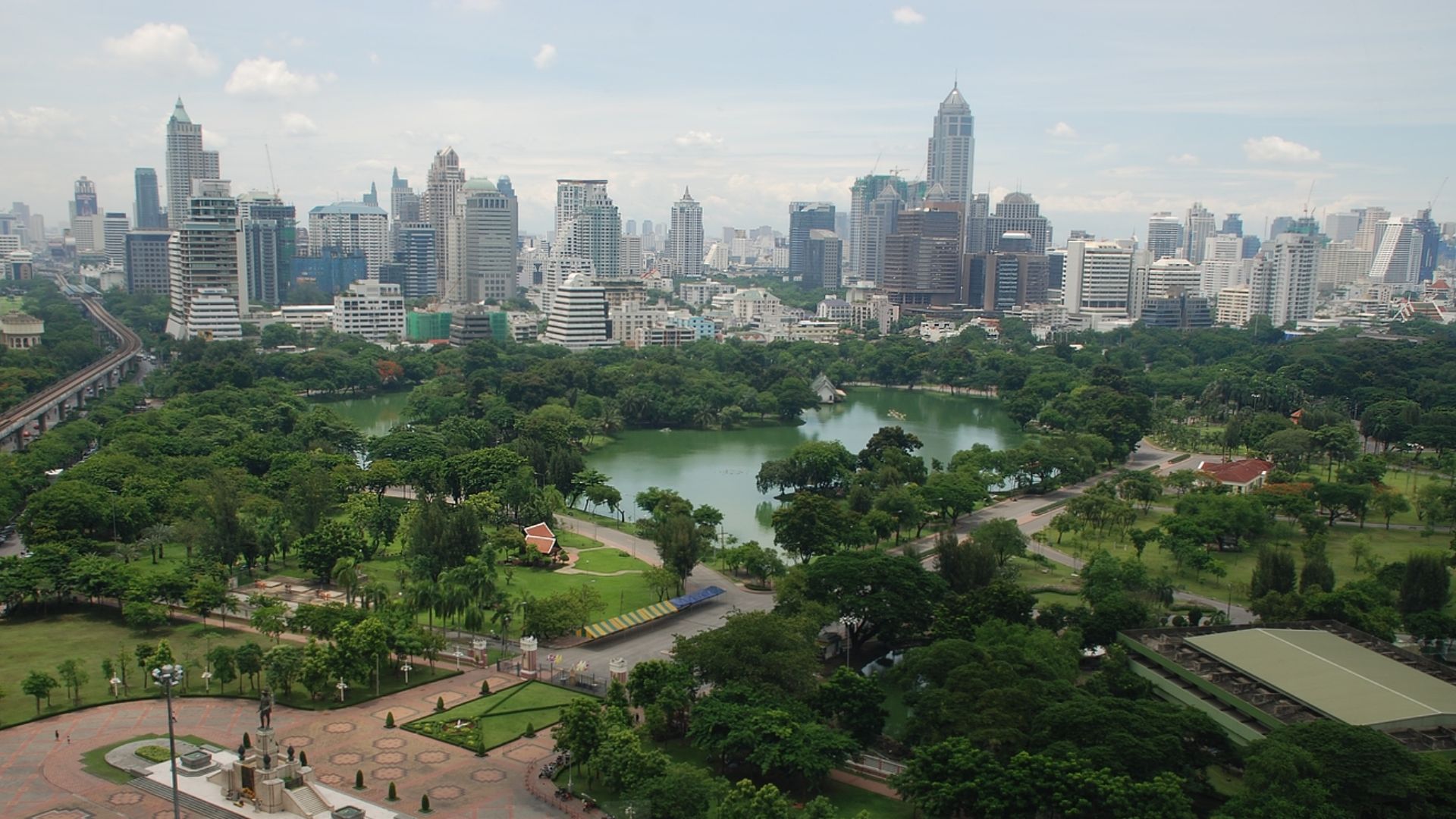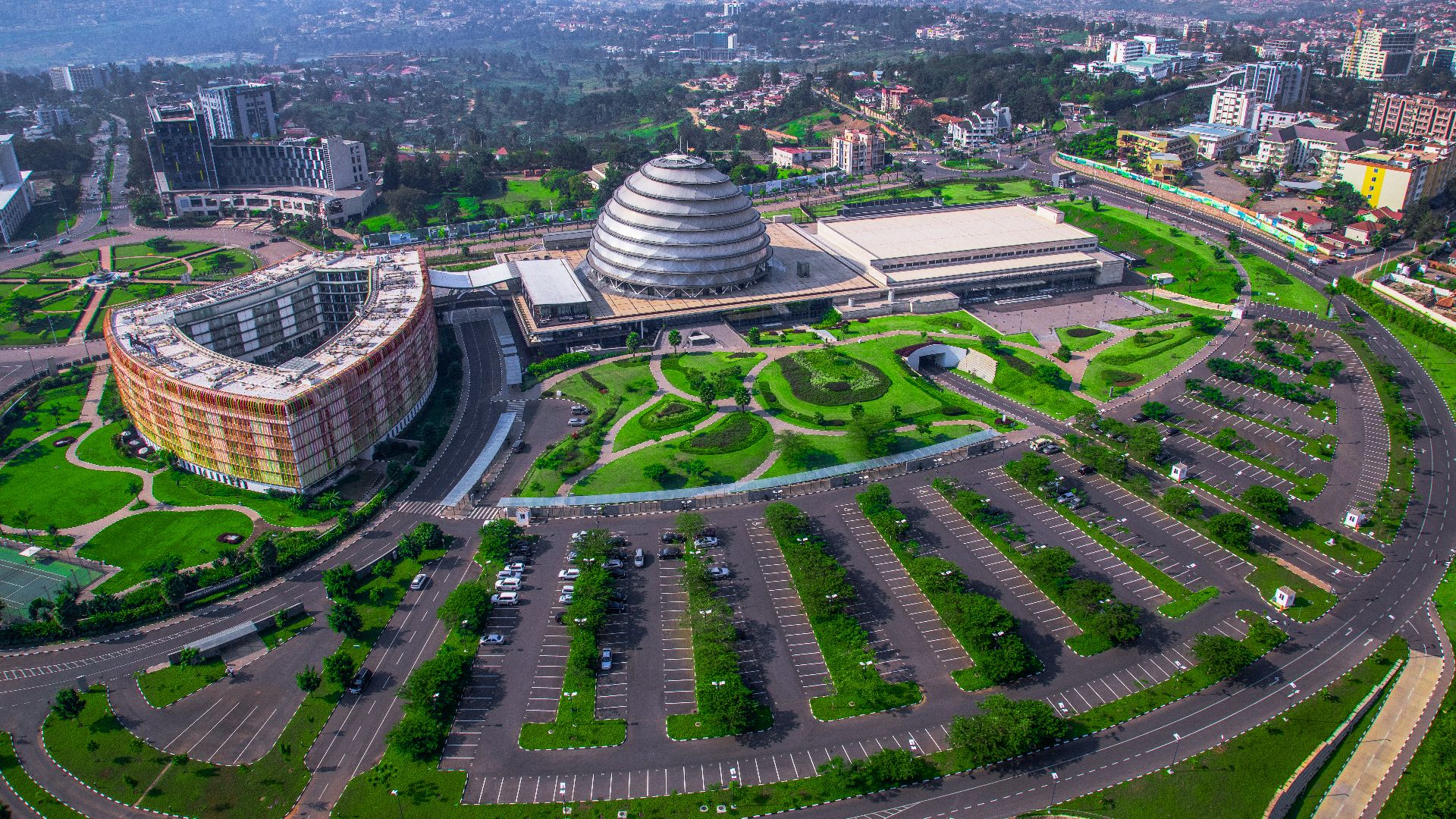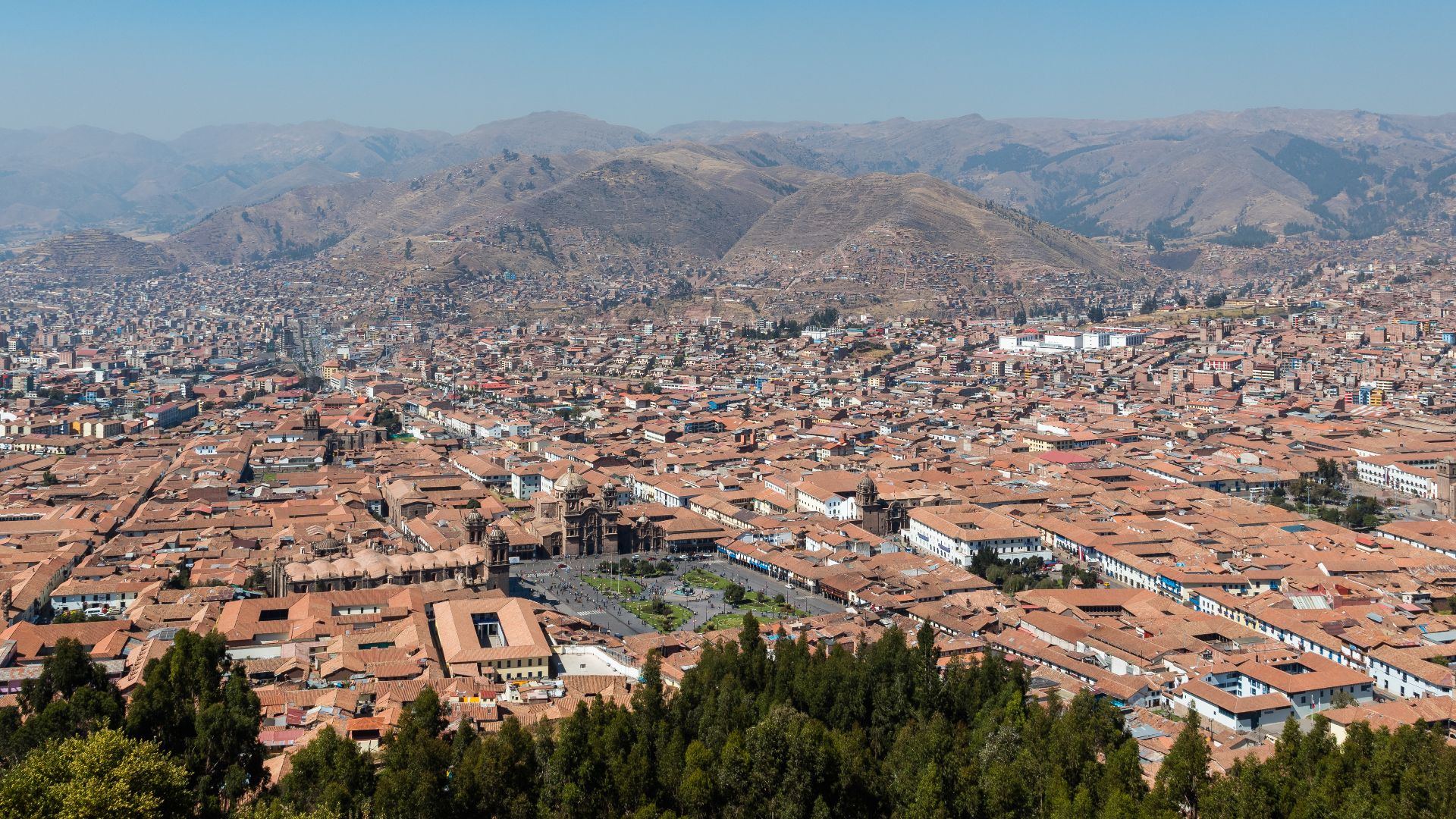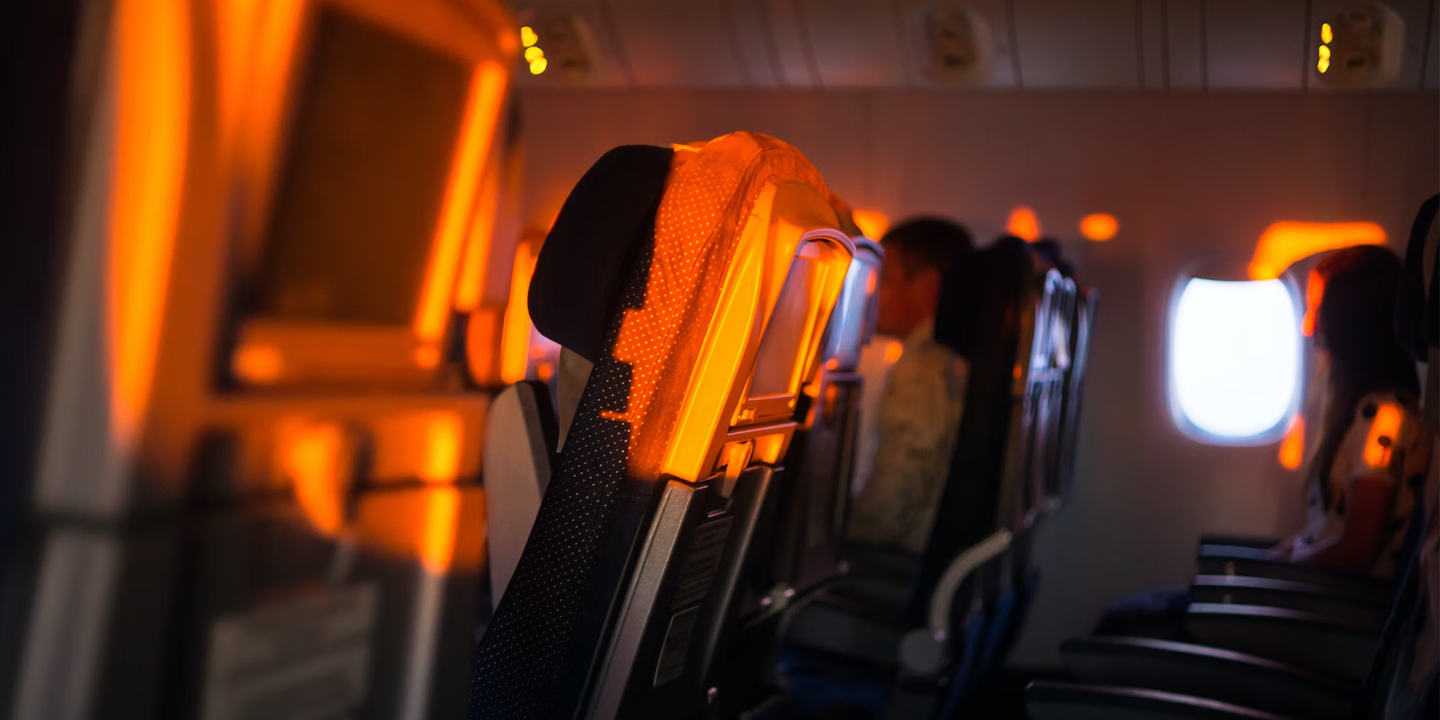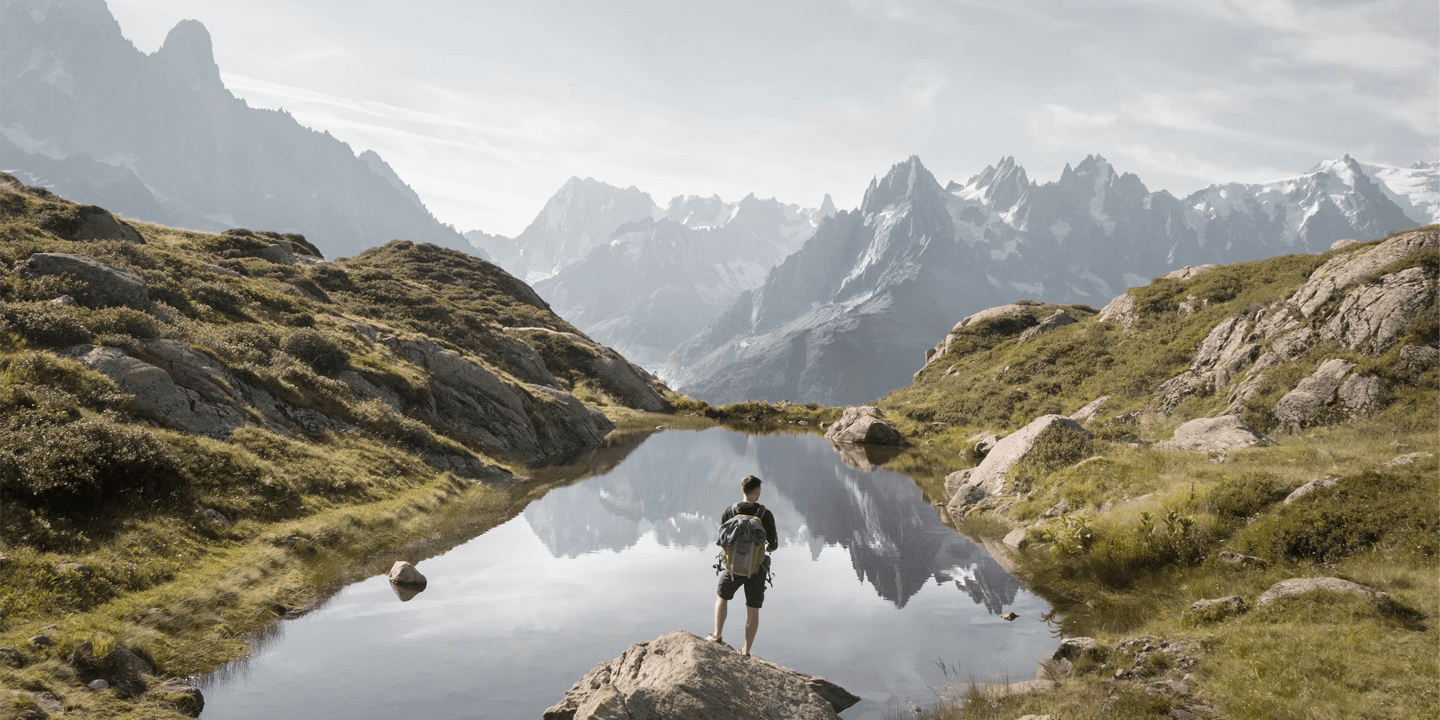Coffee Worth Traveling For
Coffee culture doesn't look the same everywhere. In some countries, it's built into daily rituals. In others, it drives whole economies. Local beans, methods, and preferences create results that don't show up on standard menus. If you're into what makes a brew stand out—and where it comes from—you'll want to know which places treat coffee as more than just fuel. Check out these twenty must-visit countries that every serious coffee enthusiast needs to experience.
1. Ethiopia
For anyone passionate about coffee, Ethiopia is the place to go. Known as the birthplace of Arabica, it is home to around 6,000 wild coffee varieties. Other regions like Yirgacheffe and Sidamo produce beans with distinctive floral and citrus notes, while traditional coffee ceremonies remain cultural staples.
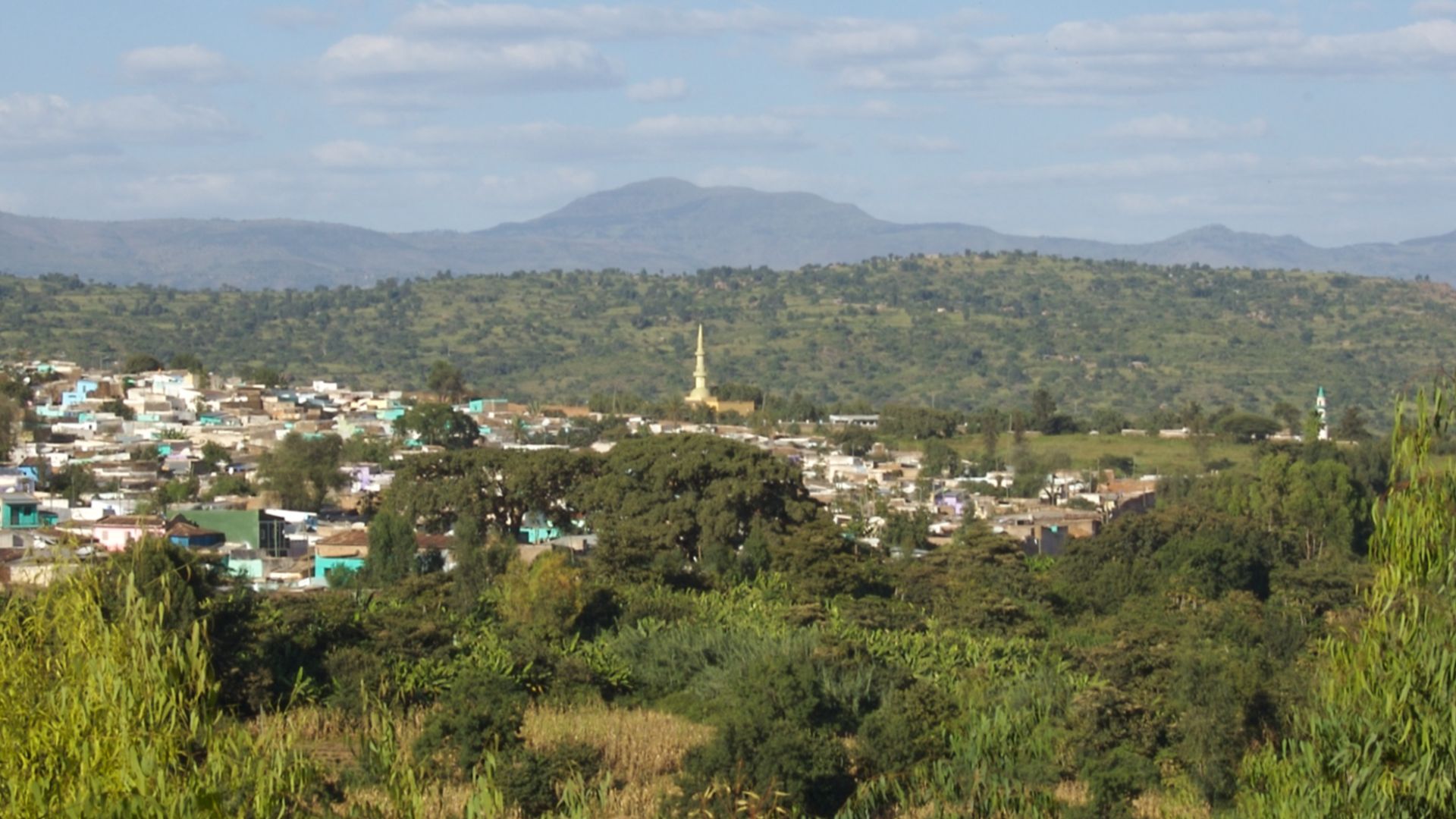 A. Davey from Where I Live Now: Pacific Northwest on Wikimedia
A. Davey from Where I Live Now: Pacific Northwest on Wikimedia
2. Indonesia
Indonesia's coffee diversity comes from its islands, each producing distinct beans. Kopi Luwak, made using civet digestion, started here and remains one of the world's most expensive coffees. Meanwhile, Java became so synonymous with quality coffee that the island's name literally became slang for the beverage itself.
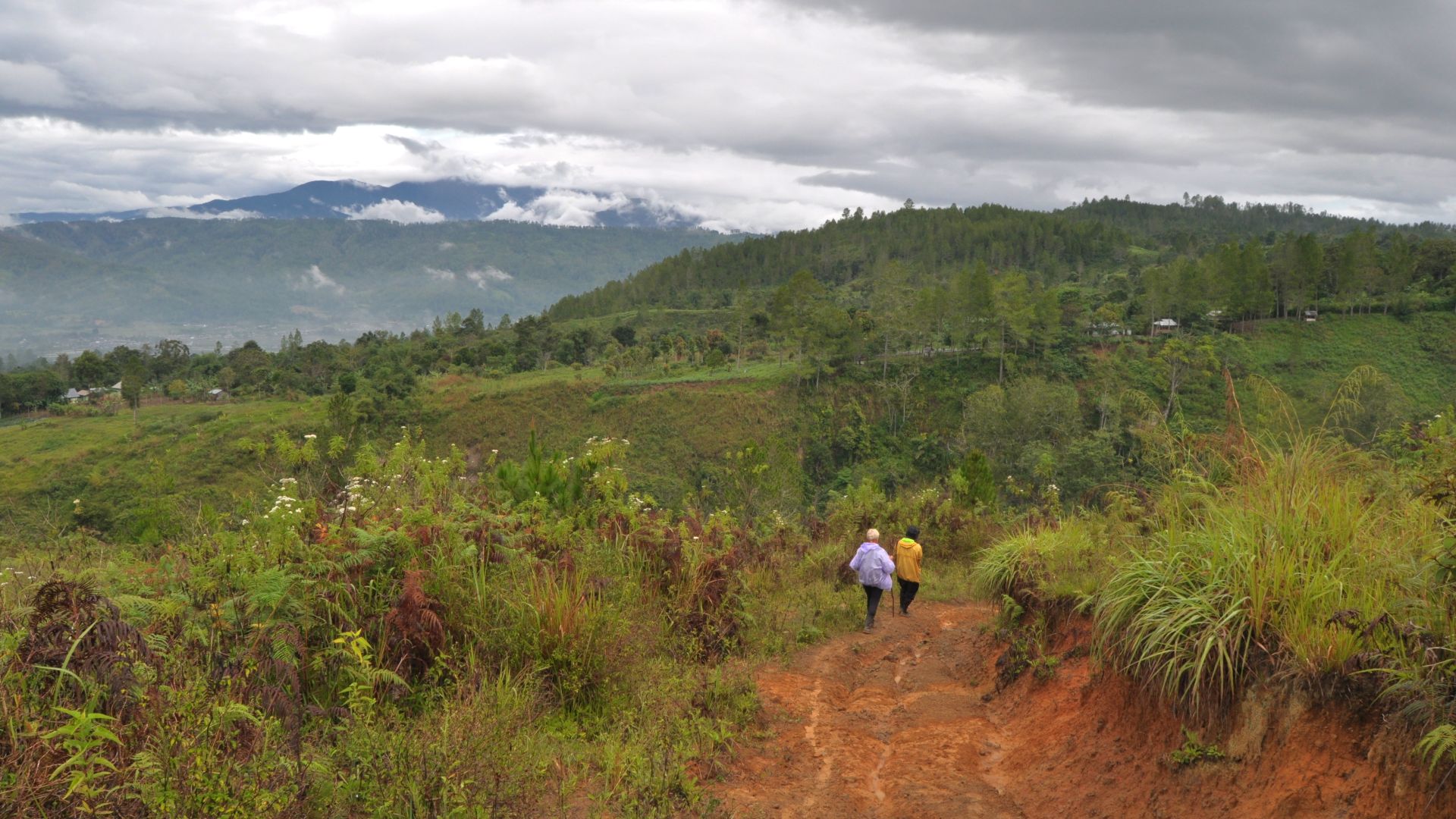 Pavel Kirillov from St.Petersburg, Russia on Wikimedia
Pavel Kirillov from St.Petersburg, Russia on Wikimedia
3. Vietnam
Coffee is everywhere in Vietnam—from bustling Hanoi cafés to street-side vendors serving thick brews with condensed milk. It's the second-largest exporter globally, with Robusta beans ruling the scene. For something different, try egg coffee. It’s surprisingly delicious and totally unique.
4. Brazil
There's a reason Brazil tops global coffee charts—it's been leading since the 1840s and now supplies about 35% of the world's beans. Regions like Minas Gerais produce naturally processed coffees with nutty notes, and massive festivals like Semana Internacional do Café keep things buzzing.
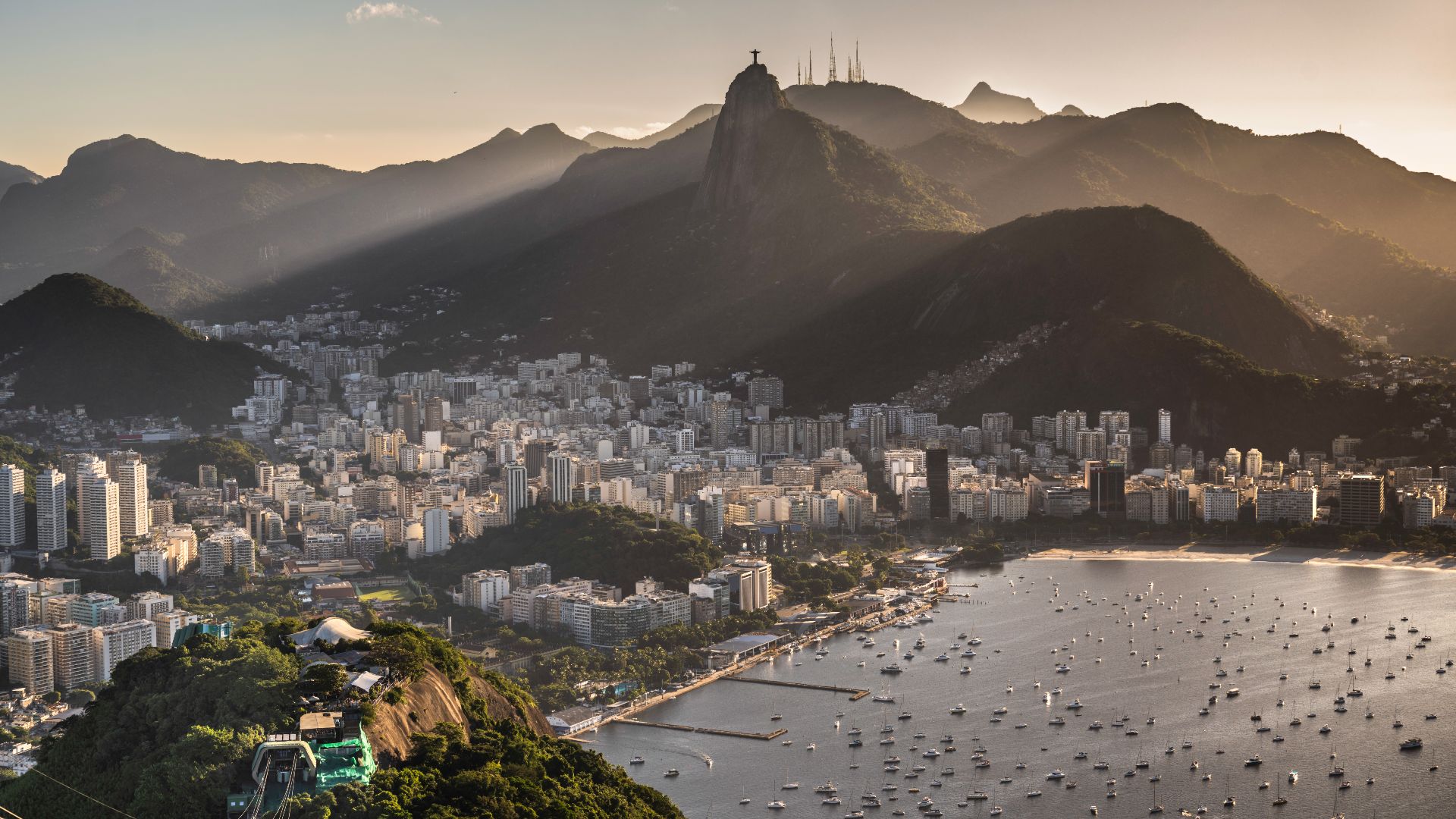 Wilfredo Rafael Rodriguez Hernandez on Wikimedia
Wilfredo Rafael Rodriguez Hernandez on Wikimedia
5. Italy
This is the birthplace of espresso culture and café traditions. By 2018, Italy maintained around 150,000 traditional coffee bars where locals still enjoy espresso shots while standing at the counter. Historic cafés in Rome and Venice also serve original cappuccinos and macchiatos in their authentic form.
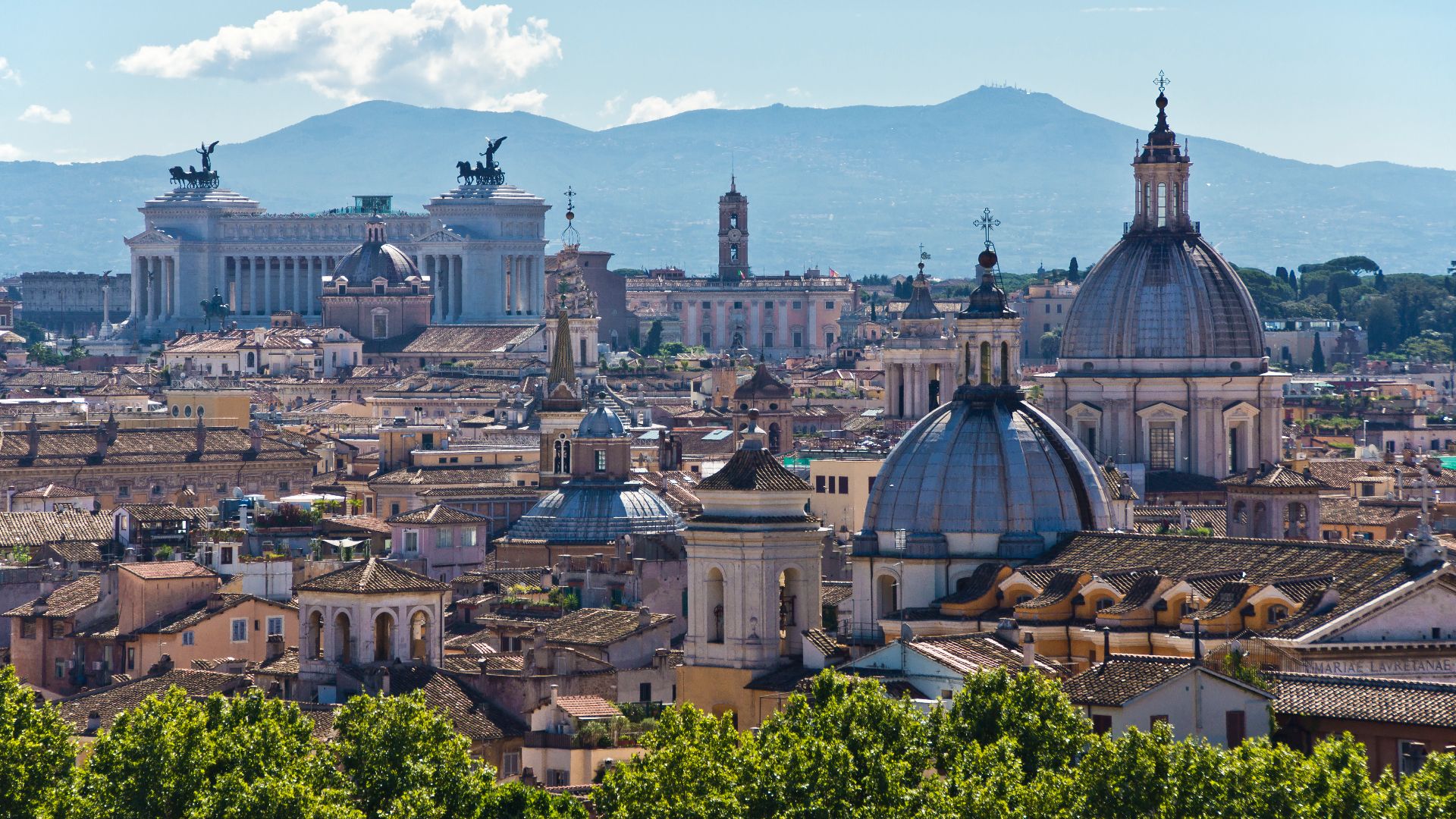 Bert Kaufmann from Roermond, Netherlands on Wikimedia
Bert Kaufmann from Roermond, Netherlands on Wikimedia
6. Honduras
Honduras has become Central America's largest coffee producer through a remarkable revival that transformed its economy and global reputation. High-altitude regions like Santa Bárbara and Marcala produce Cup of Excellence winners, delivering rich-bodied beans with tropical fruit and brown sugar notes.
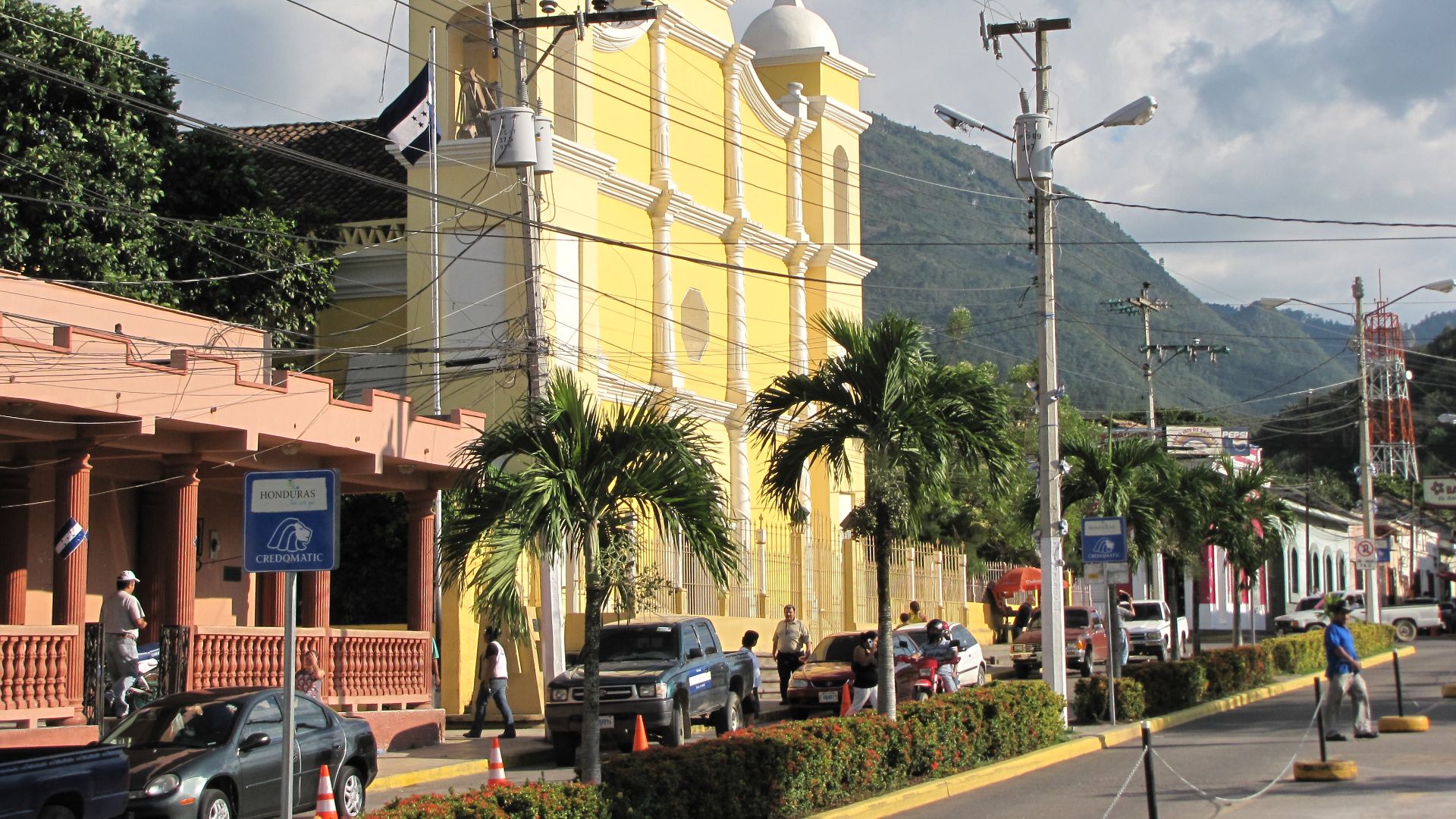 Daniel chavez castro on Wikimedia
Daniel chavez castro on Wikimedia
7. Colombia
Step into Colombia's Coffee Triangle—Caldas, Quindío, and Risaralda—and you'll find over 500,000 farms producing smooth, caramel-toned beans. Backed by a strong national federation, the quality stays consistent. Plus, coffee-themed parks and interactive farm tours make it a full-blown educational experience.
8. Kenya
Kenya's scientific approach to coffee begins with cultivating SL28 and SL34 varietals along Mount Kenya's high-altitude slopes. Through double fermentation, these beans develop distinctive grapefruit and blackcurrant notes. Finally, auctions in Nairobi showcase this exceptional quality to global specialty coffee markets.
9. Costa Rica
Quality control is serious business in Costa Rica—they only allow Arabica beans by law. Regions like Tarrazú utilize rich volcanic soil to create complex flavors. Tourists can even walk the full bean-to-brew journey on eco-friendly farms that highlight sustainability and local pride.
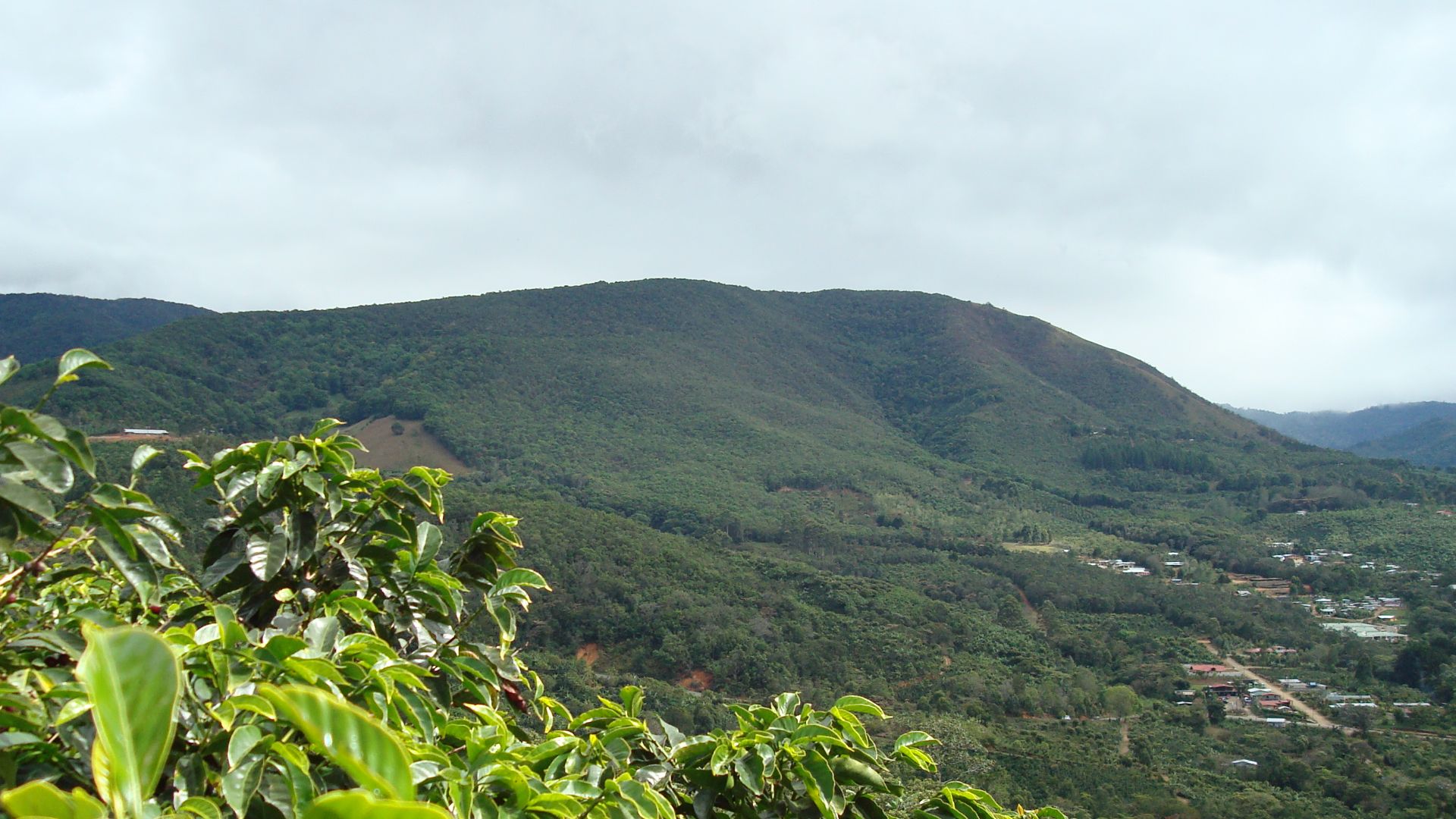 Tarrazu at en.wikipedia on Wikimedia
Tarrazu at en.wikipedia on Wikimedia
10. Panama
Panama may be small, but its coffee game is elite. The Boquete region grows Geisha beans so prized that they've sold for over $1,000 per pound. These delicate, floral brews come from family-owned estates focused on sustainability, and they shine on the global competition stage.
11. Yemen
Long before coffee hit the mainstream, Yemen was farming beans on ancient terraced hillsides around the 15th century. The intense flavor of Mokha beans has roots here, shaped by dry, high-altitude terrain. If you want a twist, try Qishr. It's Yemen's traditional brew made from spiced coffee husks.
12. Guatemala
Guatemala's eight growing regions offer wildly different beans, thanks to highland microclimates and varied soil. Antigua beans, known for their smoky chocolate flavor, are especially sought after. Some farms also grow coffee next to avocados and bananas—a blend of ancient Mayan practices and modern processing methods.
13. Japan
Across Japan, coffee feels both futuristic and nostalgic. Vending machines serve it hot or cold, cafés stay open 24/7, and brewing methods like siphon and flash are almost theatrical. Meanwhile, kissaten cafés preserve a Shōwa era vibe that coffee purists and retro lovers adore.
14. Australia
In Australia, coffee is treated as a craft through the third-wave movement, viewing coffee as artisanal rather than a commodity. This philosophy thrives in cities like Melbourne, where latte art is an expected skill. Additionally, beans from Queensland's Tablelands provide homegrown ingredients that complement these innovative brewing approaches.
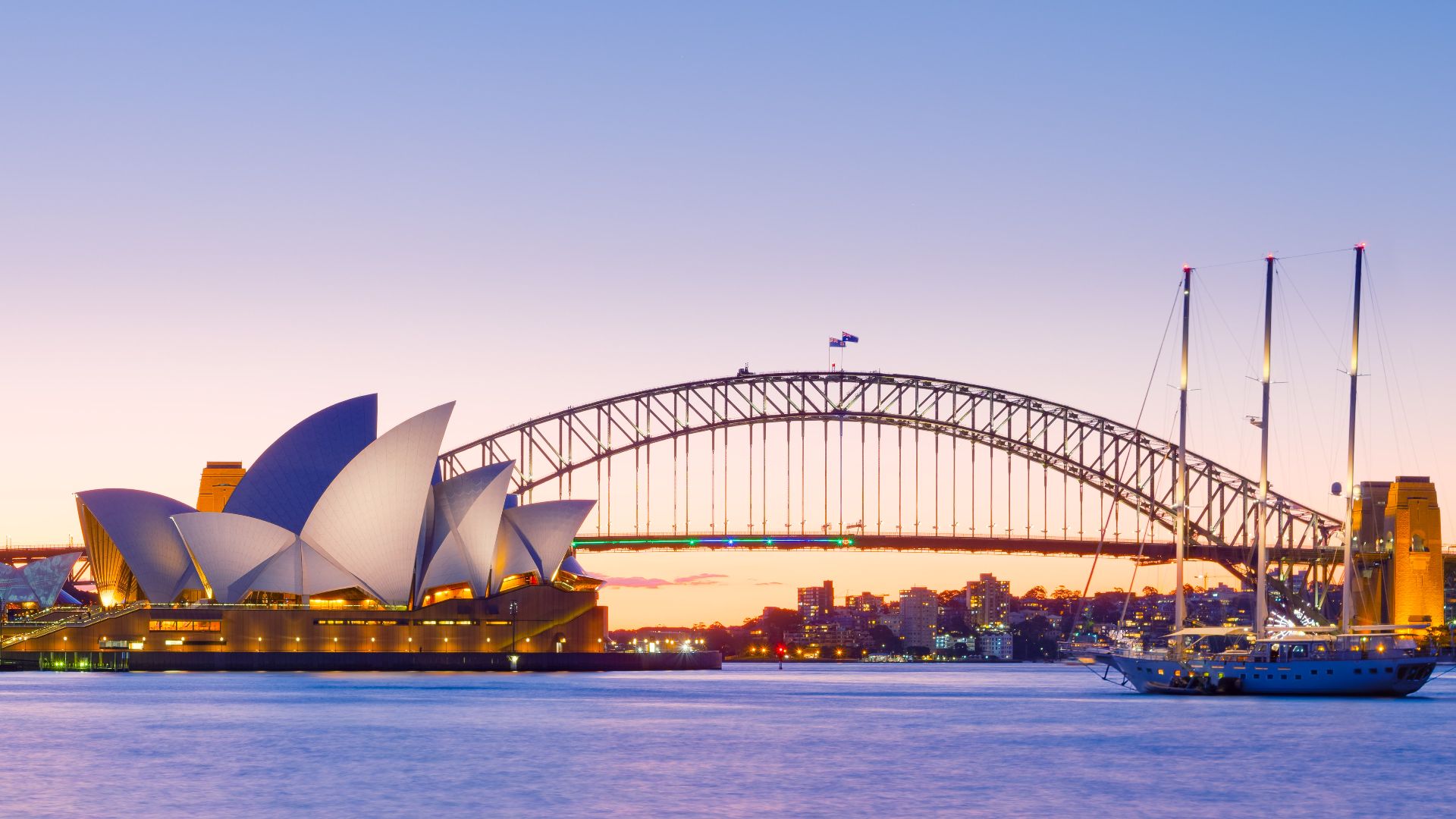 Benh LIEU SONG (Flickr) on Wikimedia
Benh LIEU SONG (Flickr) on Wikimedia
15. Tanzania
Grown along the slopes of Kilimanjaro and in Mbeya's fertile valleys, Tanzanian beans are known for bright acidity and wild berry notes. Peaberry beans—smaller and rounder—are especially prized. Many farms grow coffee beneath banana trees, creating natural shade and biodiversity-rich cultivation zones.
16. Turkey
Turkey's coffee scene is steeped in history. Brewed in a cezve over open flame and served unfiltered, Turkish coffee is part of social rituals, complete with fortune-telling from the grounds. Cafés in Istanbul's Grand Bazaar reflect that ancient-modern mix perfectly.
17. Thailand
In the mountainous north, regions like Doi Chang and Doi Tung have gained global attention for award-winning beans. Coffee tours here can involve jungle hikes and tasting rooms. For the adventurous, Black Ivory coffee—fermented through elephants—is a wild twist on Thailand's robusta-rich tradition.
18. Mexico
Mexico keeps things rich and earthy with shade-grown Arabica from Chiapas and Oaxaca. Café de olla, flavored with cinnamon and piloncillo, is a cozy cultural staple. Coffee weaves into festivals and everyday life, and Mexico consistently ranks among the top global coffee exporters.
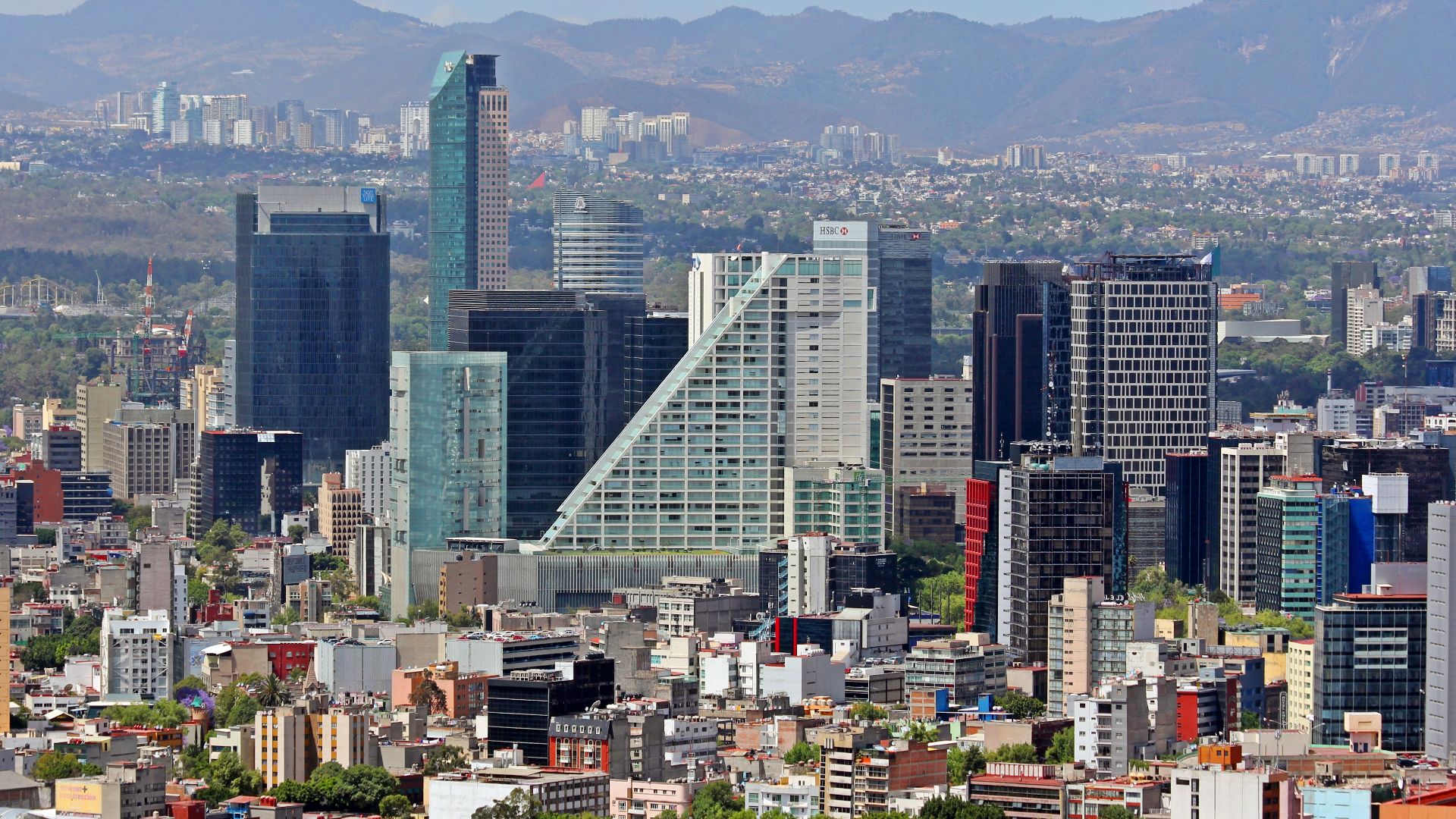 Alejandro Islas Photograph AC on Wikimedia
Alejandro Islas Photograph AC on Wikimedia
19. Rwanda
Specialty coffee in Rwanda has become a symbol of resilience. High-altitude volcanic soil gives rise to sweet bourbon varietals with tea-like notes, while women-led cooperatives now shape much of the industry. On top of that, international awards—including Cup of Excellence wins—continue to spotlight Rwanda on the global stage.
20. Peru
Peru's coffee industry centers on organic and Fair Trade practices, with mild, balanced beans flourishing throughout the Andes mountains. Indigenous Quechua and Aymara farmers lead this sustainable production. They cultivate beans with subtle nutty and floral notes that appeal to gentle-brew enthusiasts worldwide.



